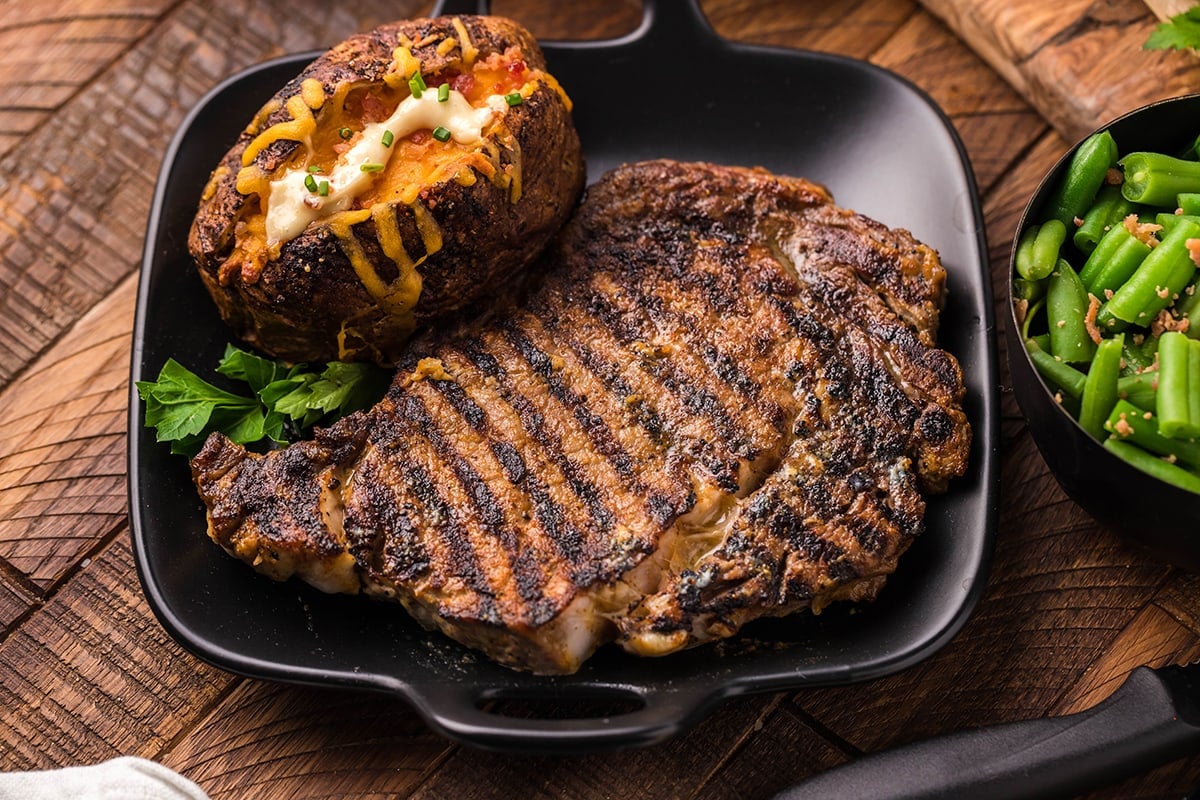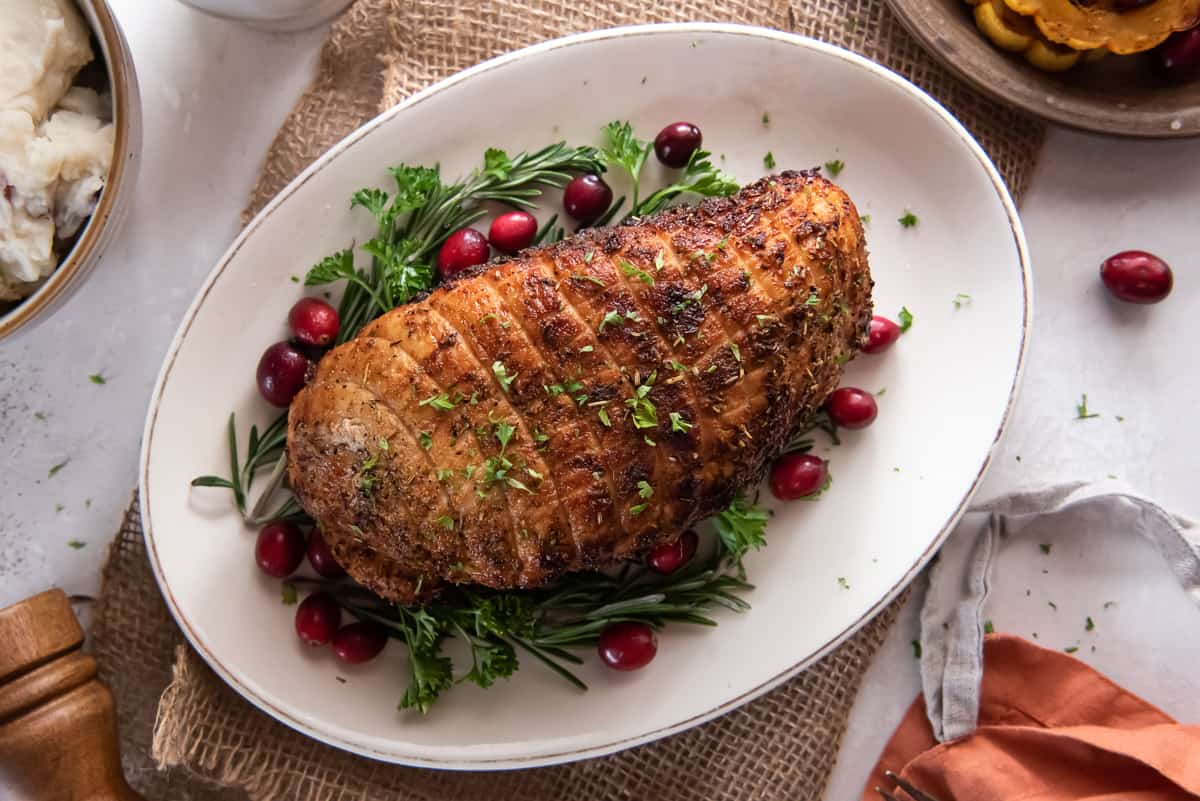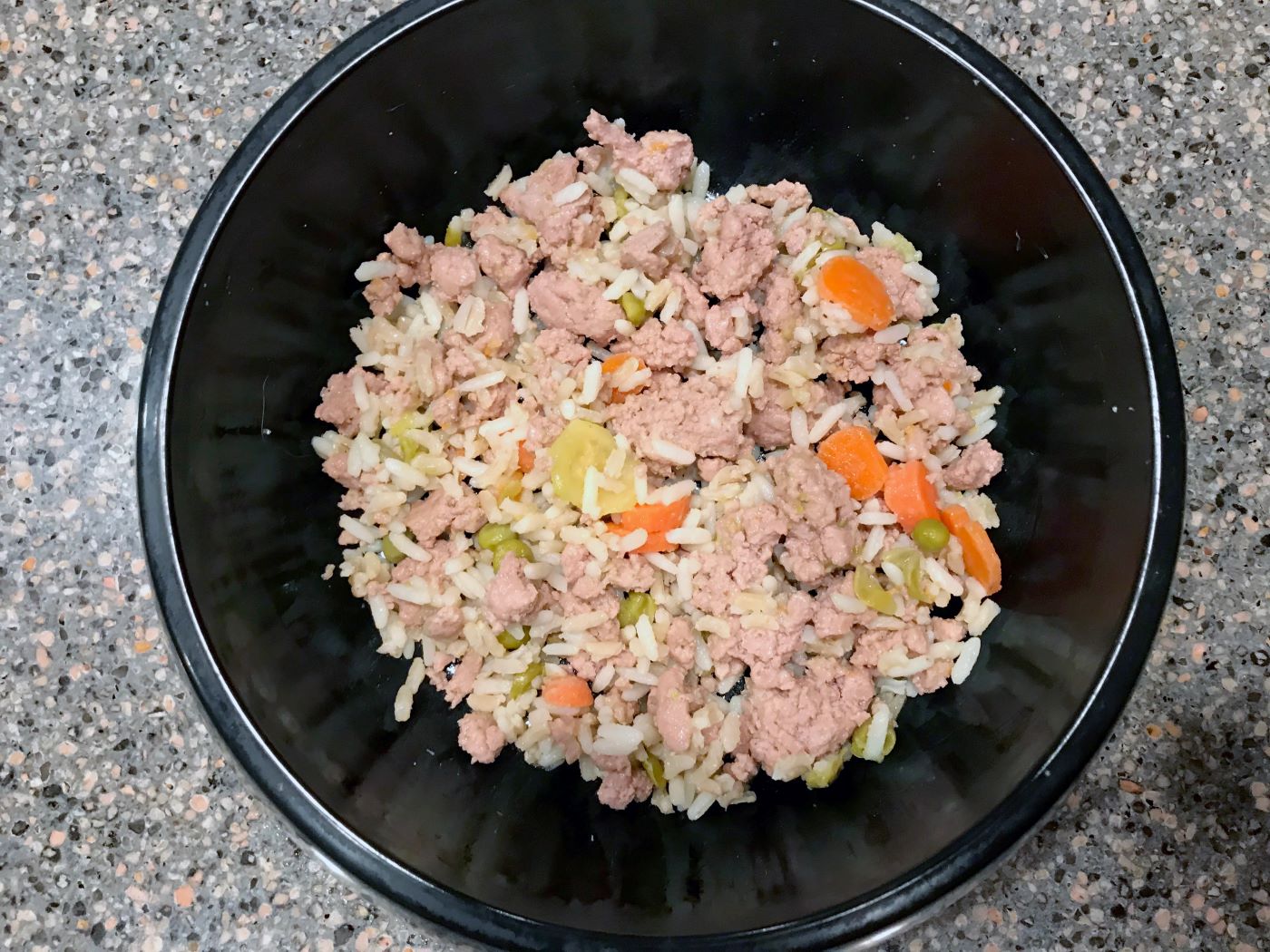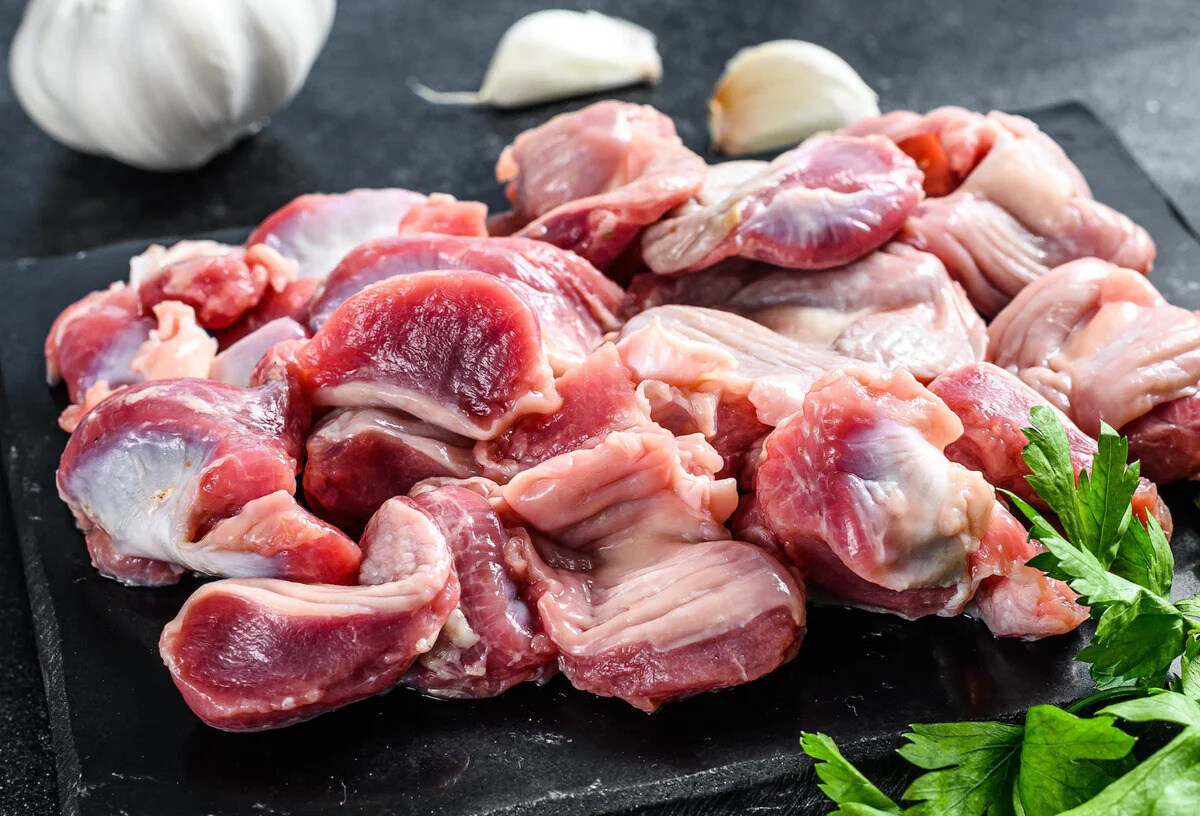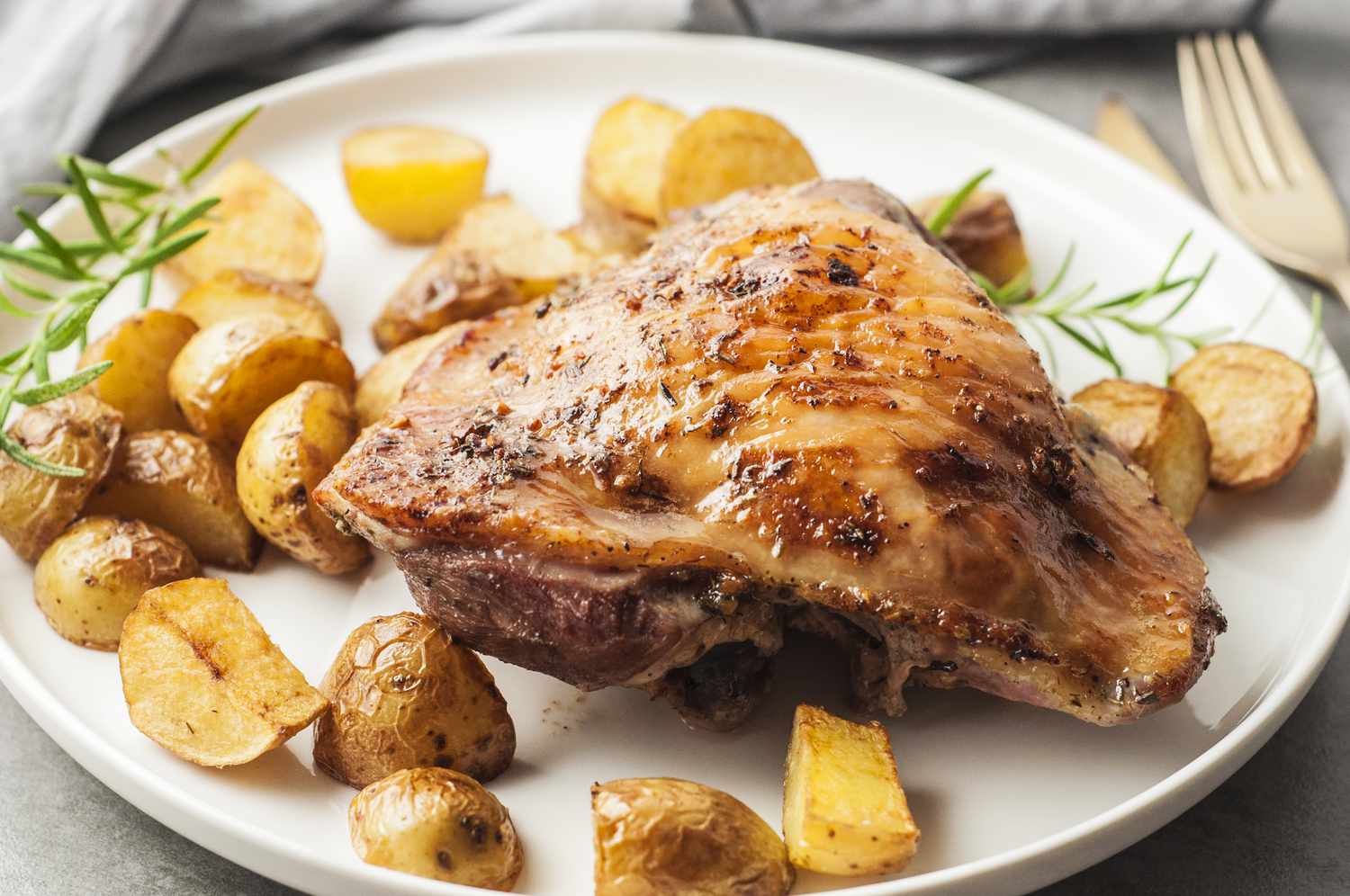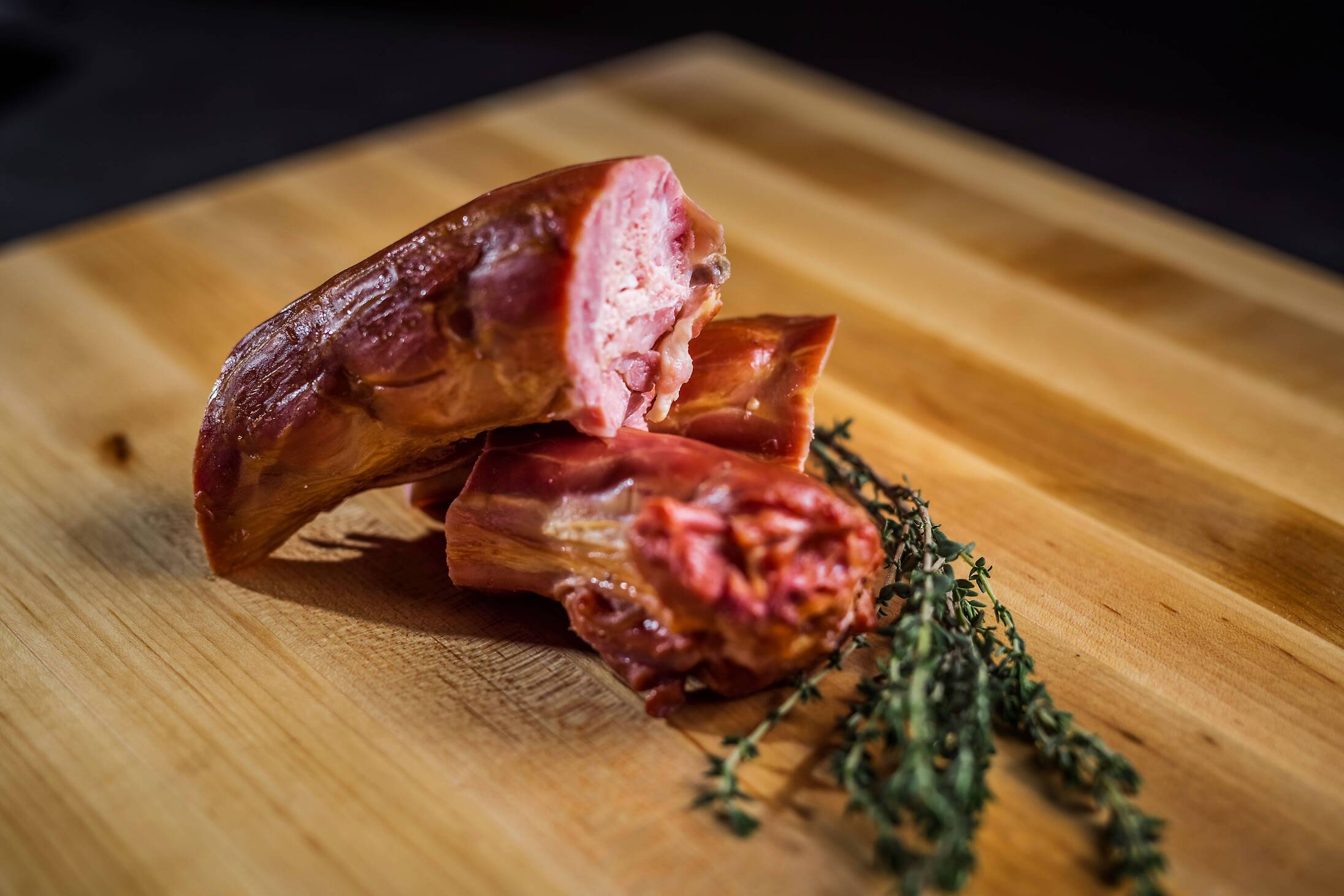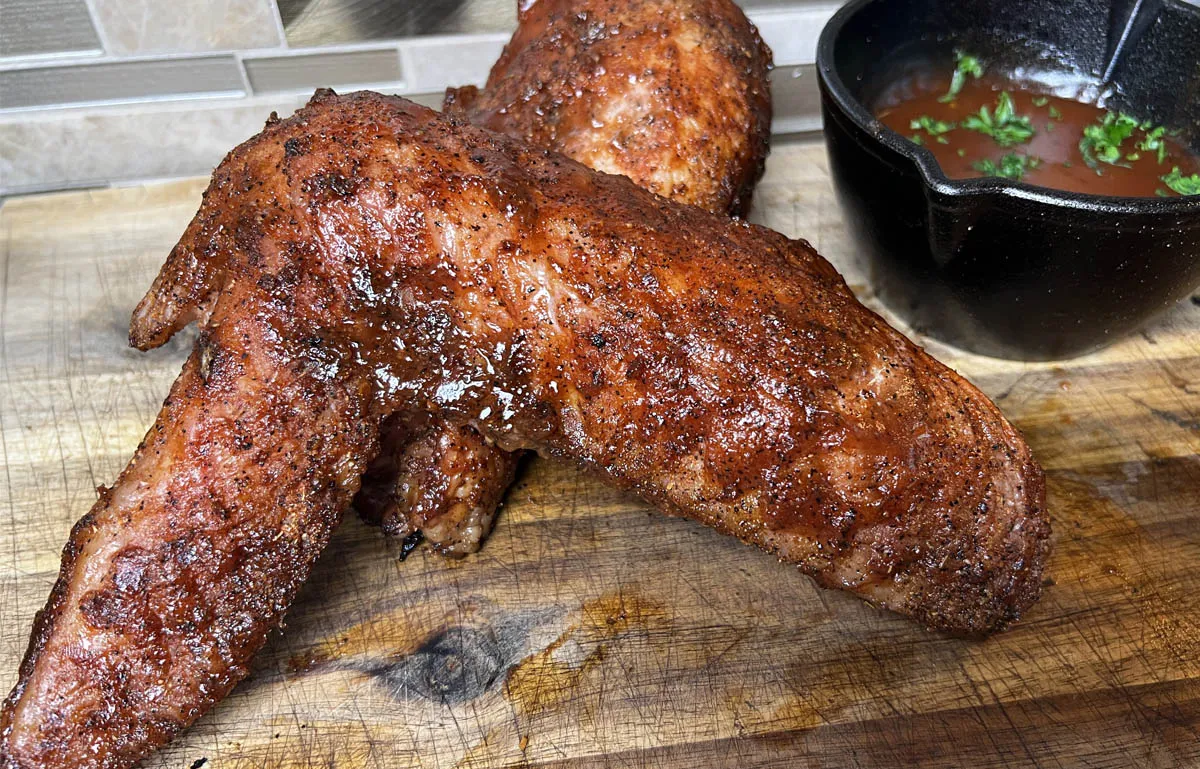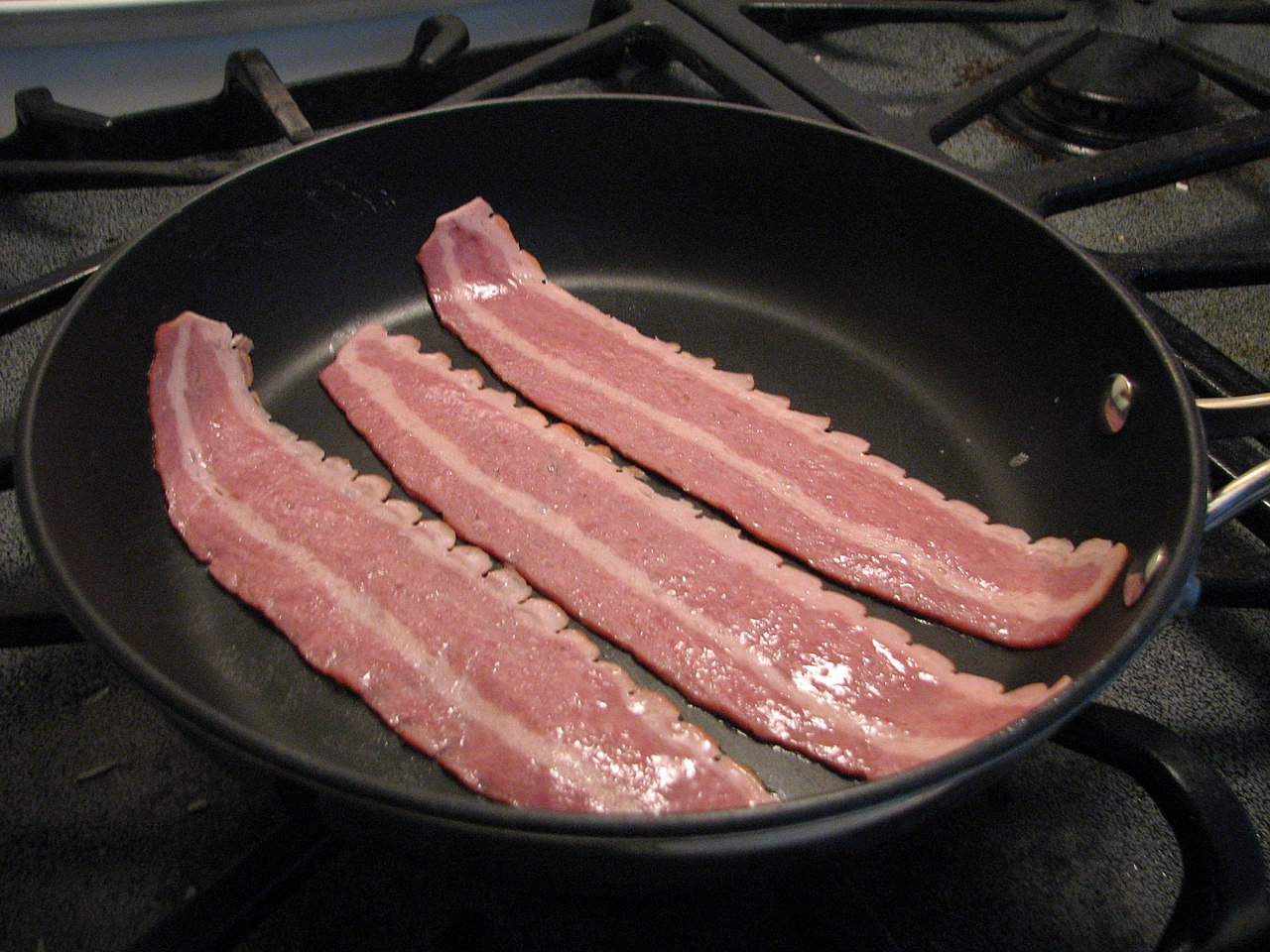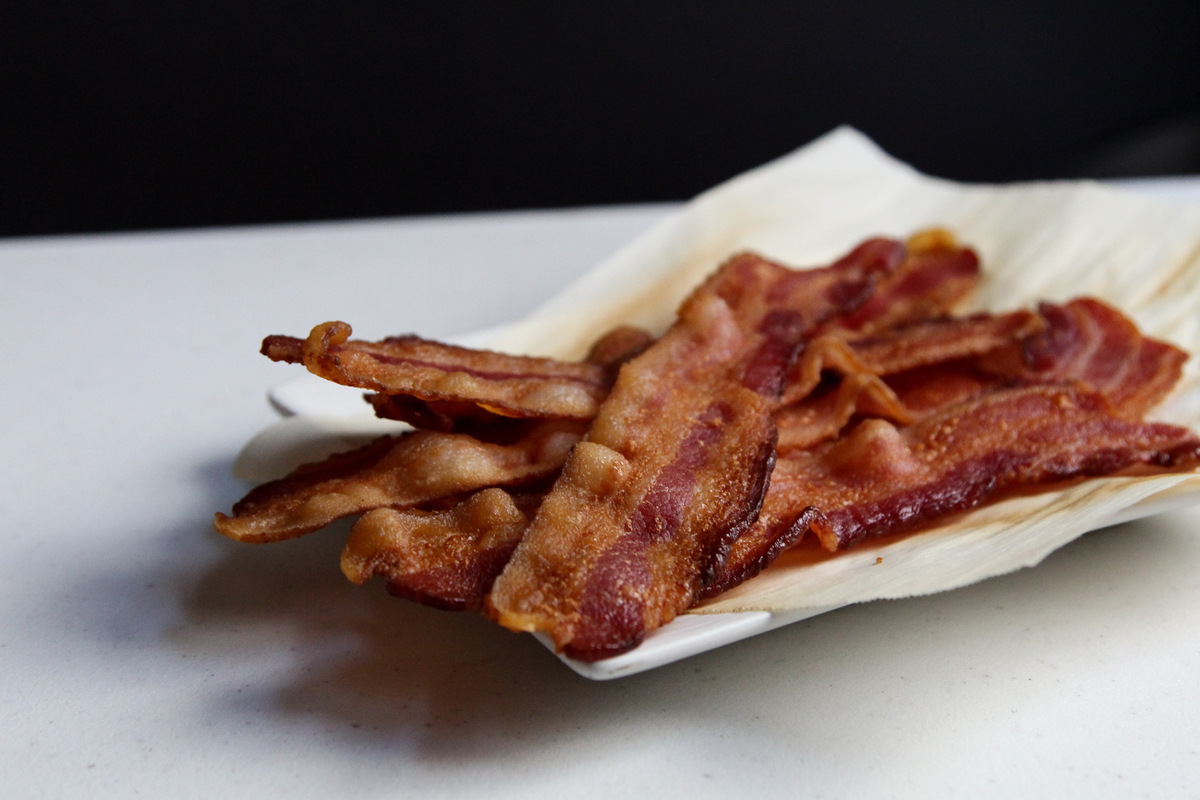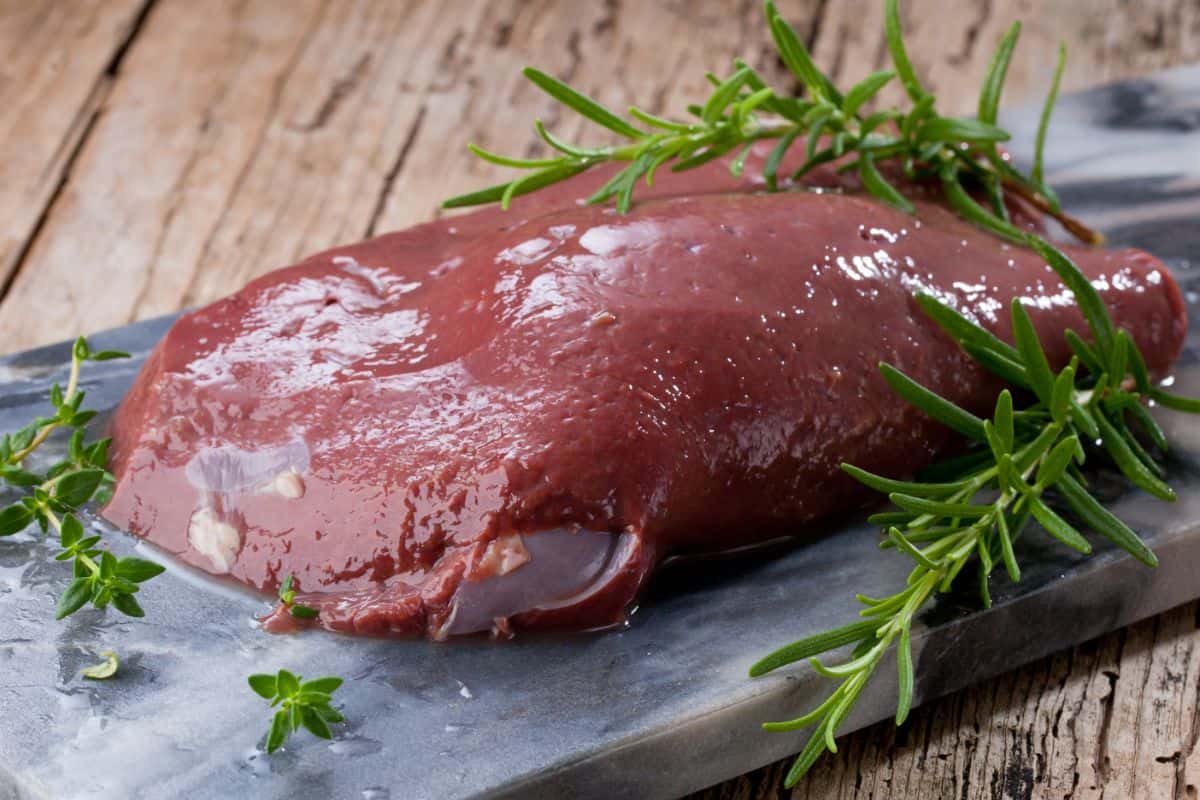How To Cook Butterball Turkey Breast
Gathering around the table for a delicious turkey dinner is a cherished tradition for many. If you’re looking for a tender and flavorful option, cooking a Butterball turkey breast is an excellent choice. Whether it’s for a small gathering or if you simply prefer white meat, Butterball turkey breast provides a convenient and delectable solution. Here’s a step-by-step guide on how to cook Butterball turkey breast to perfection.
Ingredients:
- 1 Butterball turkey breast
- Olive oil or melted butter
- Salt and pepper
- Your favorite herbs and spices (optional)
Instructions:
- Preheat your oven to 325°F (163°C). Make sure your oven rack is in the lower third of the oven.
- Remove the thawed Butterball turkey breast from its packaging. Rinse it thoroughly under cold water and pat it dry with paper towels.
- Place the turkey breast in a roasting pan, skin-side up. Tuck the wings behind the breast to prevent them from burning.
- If desired, brush the turkey breast with olive oil or melted butter. This will help to keep the meat moist and add a golden color to the skin. Don’t forget to season it generously with salt and pepper.
- For added flavor, you can sprinkle your favorite herbs and spices over the turkey breast. Some popular choices include rosemary, thyme, garlic powder, or paprika.
- Insert a meat thermometer into the thickest part of the breast, making sure it doesn’t touch the bone. This will help you monitor the internal temperature later.
- Place the roasting pan in the preheated oven and roast the Butterball turkey breast until it reaches an internal temperature of 165°F (74°C). The cooking time will depend on the size of your turkey breast, so it’s essential to refer to the packaging or use a meat thermometer regularly.
- Once the turkey breast reaches the target temperature, carefully remove it from the oven. Cover it loosely with aluminum foil and let it rest for approximately 15-20 minutes. This step is crucial as it allows the juices to redistribute, resulting in a juicier and more flavorful turkey.
- Slice the Butterball turkey breast into thin, even slices and serve it as the star of your turkey dinner. Don’t forget to garnish with your favorite herbs for an added touch of elegance.
Now that you know how to cook Butterball turkey breast, you can confidently whip up a mouthwatering feast for your loved ones. Remember, a well-cooked Butterball turkey breast will not only delight your taste buds but also create lasting memories around the dinner table. Enjoy!
Explore More Delicious Recipes and Ways to Use This Guide
After mastering the preparation of a Butterball turkey breast, why not broaden your culinary repertoire with a suite of enticing recipes? For an aromatic delight, consider the Classic Roasted Butterball Turkey Breast with Herbs, which blends traditional herbs for a fragrant and savory highlight. If your taste veers towards the bold, the Spicy Cajun Butterball Turkey Breast offers a lively kick sure to invigorate any meal. Those looking for a comforting ensemble might relish the Butterball Turkey Breast with Garlic Mashed Potatoes, perfect for a cozy dinner. Each recipe is designed to enhance your cooking skills, utilizing the tender and versatile Butterball turkey breast as the star ingredient.
Was this page helpful?
Read Next: How To Cook A Smithfield Ham
